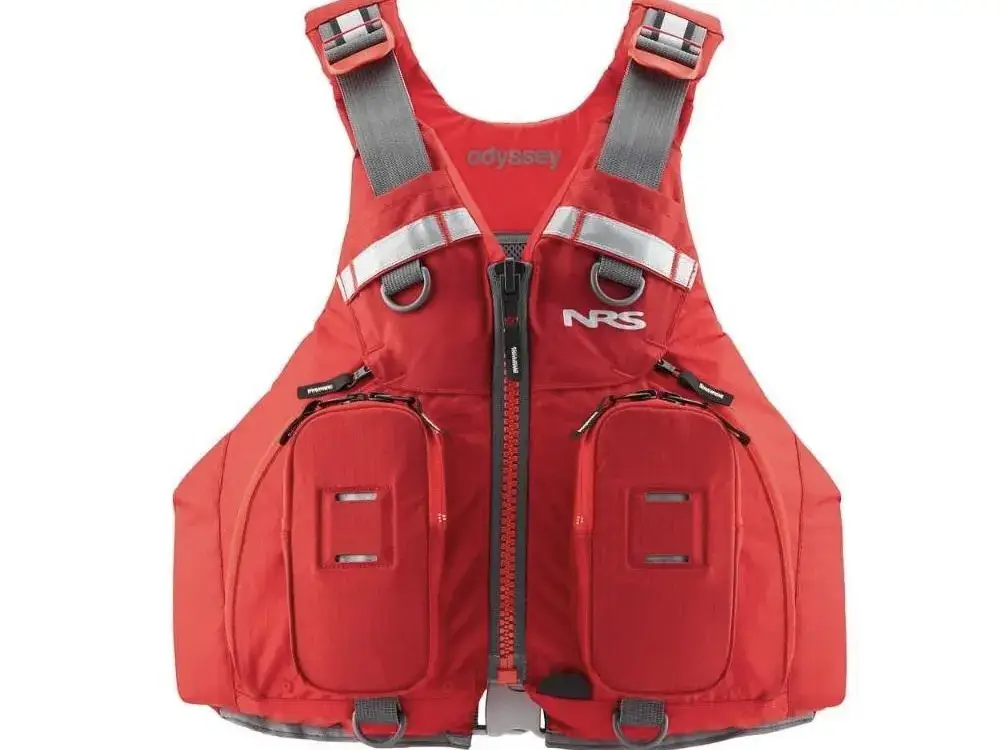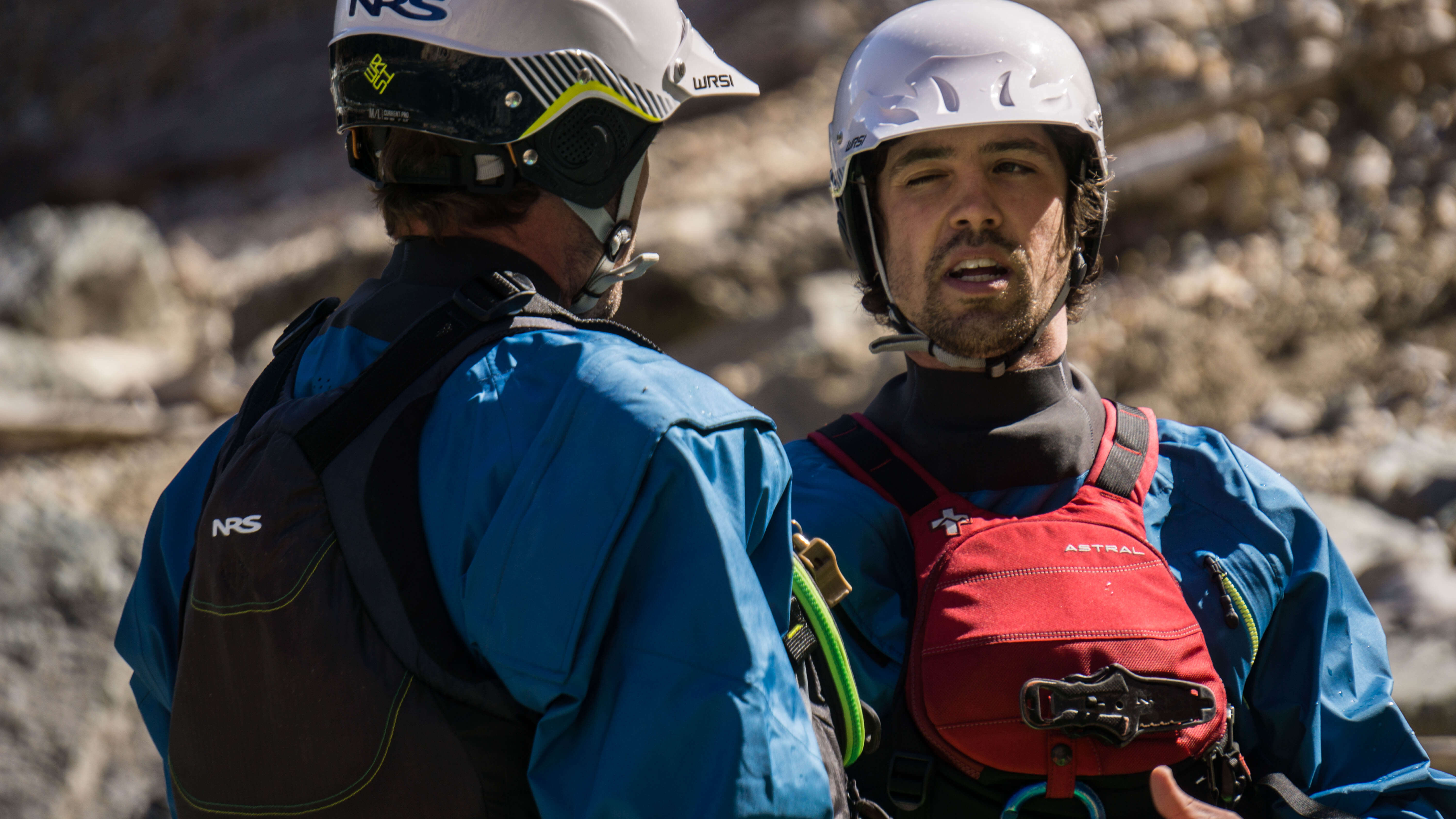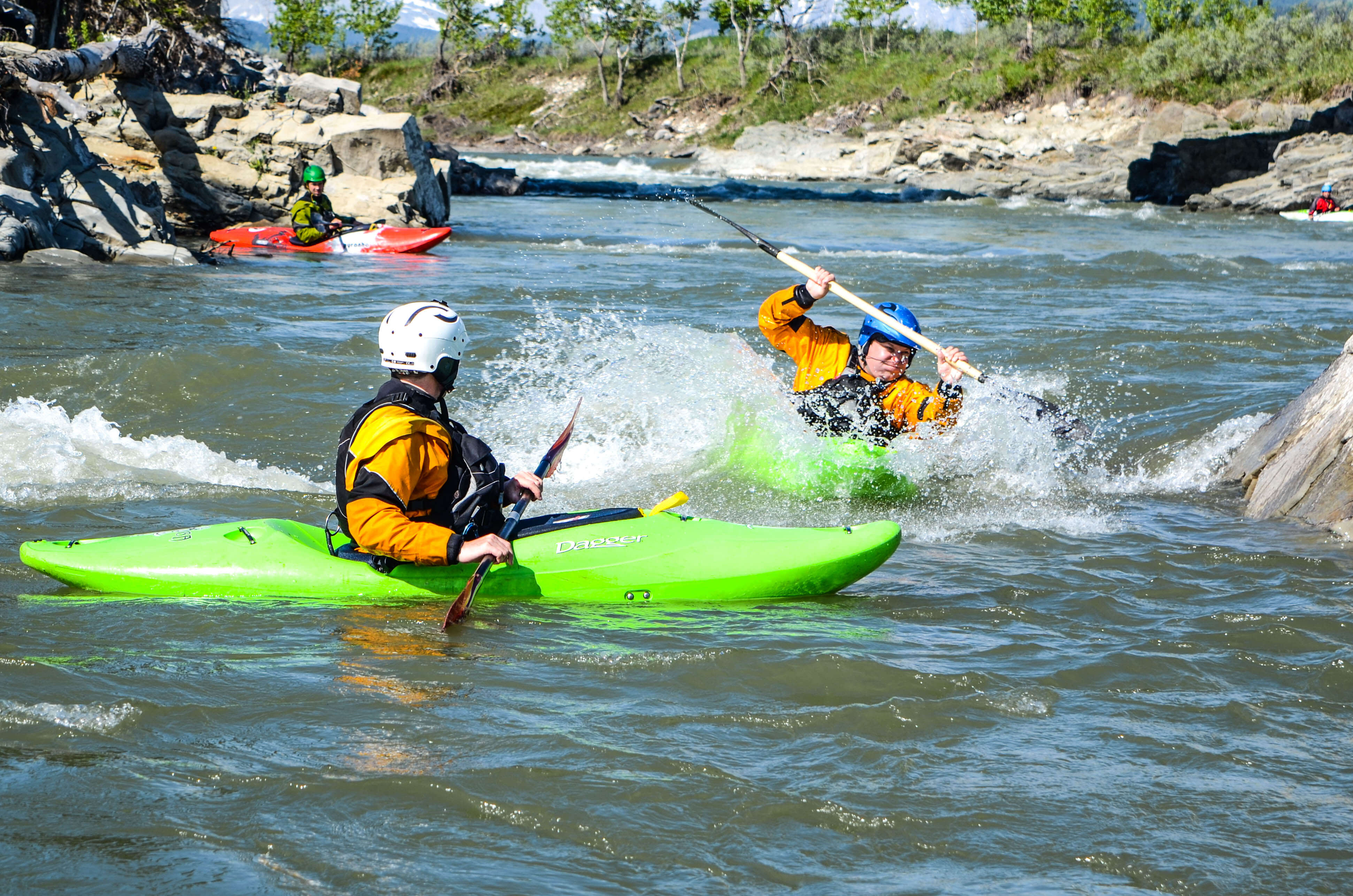Paddleboarding is a great way to connect to the water, get together at a distance, and get outside. While participating in this ever-growing sport, staying connected to your board is essential. The different disciplines of stand up paddle boarding have different needs and leashes differ. Safety is paramount, and in the river, a quick release from your board is necessary, I will explain this key piece of information under river sup leashes.
I first learned all about leashes when I started ocean surfing. From the memory of not knowing which foot was my dominant one, to realizing I had filled my swivel with sand from the beach and it needed to be cleaned, I learned quickly to respect and inspect my leash each time before use. I believe that leashes are a vital piece of stand up paddle boarding equipment, in fact, the correct leash is vital to keep one safe while playing on the water.
Leash basics begin with leash anatomy. Each leash has a cuff, cord, rail saver, and swivel (one or more commonly 2).
- The cuff is the velcro strap you secure around either around your ankle or your calf.
- The cord is made of polyurethane and comes in different thicknesses according to strength. However, the strength of the cord is only as good as the swivels. The cord can either come straight or coiled.
- The last piece of the leash is the rail saver. To be honest I didn’t know the “technical” name for this for the longest time! It is designed to protect the rail of the board if you fall and the cord is taught.
- It is recommended that a leash has two swivels. I have seen two different types of metal used, stainless steel and brass.
Flatwater is the perfect way to get started in this independent freeing sport and the simplest design on leashes to think about. Leash length for flatwater paddling should be about the length of the board. The thickness for any given SUP leash should at least be 7mm. The thinner leashes have the possibility of breaking due to the shear force the large size of a standup paddle board, or waves put on it. The cuff can either attach to your ankle or your calf. I usually always look for a double swivel leash, as it won't tangle as quickly as a single swivel. I have rarely seen single swivel leashes for sale.
The Aquabatics Level Six 11`Straight SUP leash is an example of a great surf and touring leash.
Speaking of touring, and longer distance paddles, it is extremely important to wear a leash. Without a leash on long paddles, you can not only lose your board but also the gear that is strapped down! There are a few features to consider with touring SUP; the length of the leash, the drag, and the comfort. At full extension, it should be longer than the board. Most touring boards are longer than 12’, finding leashes over 11’ can sometimes prove difficult. The benefit to a coiled leash while touring and long-distance paddles is there will be no drag in the water as the coiled leash will sit up on your deck. To minimize drag and improve comfort a calf cuff is best. The same approach of low drag is applied to racing.
In the ocean, there are different considerations (for ocean racing see the notes above). Surfing in the ocean is another story. Two things to compare and consider is an ankle cuff allows for a quicker response to pulling the board back, while a calf leash can make walking the stringer of the board easier. Attaching the board at the calf also can reduce the distance the board will end up away from the paddler in the unfortunate event of a wipeout. When SUP Surfing in the ocean a coiled leash is not recommended, if you get tossed around by the swells the chances of becoming tangled or having it wrap under your board are increased.

Speaking of getting tossed around, the topic of leashes and river paddling is always a sensitive one for me. There is one major difference between standing water, lakes and oceans and rivers, whether it be river surfing, river running or racing, the river never turns off. Unlike the still water in a lake or the waves in the ocean, there is no break between sets and no time between waves. In a river, your board will continuously go with the flow, which can easily put you in a life-threatening position, especially in a fast river combined with underwater obstacles. A quick-release leash is necessary!
The quick-release is a mechanism that under certain amounts of force, or by choice, will open/separate and release the board from the person. I personally would never paddle in the river with a coiled leash, though I have heard the rare argument for them. Attaching the leash to the life jacket should always have the quick release within reach. A great tip I heard lately is connecting the leash to the life jacket with a locking carabiner. The locking carabiner acts as a backup attachment if a quick release shackle were to break.
(NRS Quick Release from AQ)
In the river, I prefer my leash length to be shorter than the length of my board which allows me to make for a quicker recovery in the event of a swim.
Remember, your leash is your lifeline. On more than one occasion it has saved me from catastrophic failure and injury, (and also from long recovery swims). I once heard from a wise old surfer who nudged me and said `you can always tell the new ones, from those that know, their leashes are covered in sand. Carry your leash.

























































